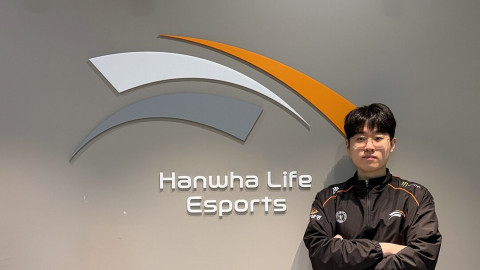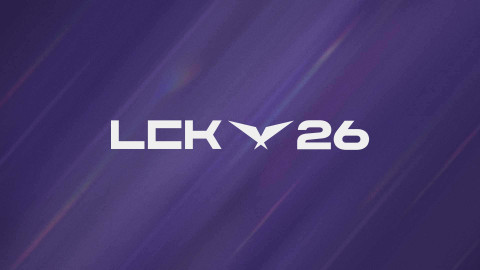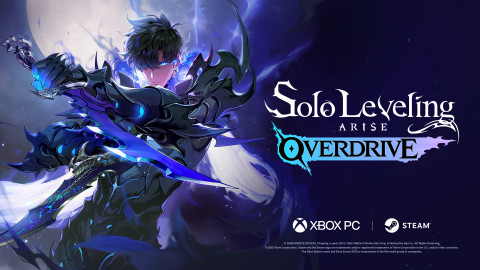
PlayStation, Xbox, and Nintendo.
If you follow console gaming — even casually — you’re likely curious about what PlayStation, Xbox and Nintendo are preparing next. Will performance meaningfully improve? What will each platform emphasize as its strength? And, of course, how much will they cost? For many players, keeping track of scattered leaks, presentations and insider reports takes more time than they have.
Here’s a concise roundup of the credible, verified next-gen console information as of Q4 2025.
PlayStation: Performance Leap, FSR 4 and a Companion Handheld
First, PlayStation will release the PS6 as scheduled. Recently, PlayStation Chief Architect Mark Cerny and AMD Vice President Jack Huynh held a joint presentation to discuss their partnership and the future of PlayStation.
Officially, the PS6 is expected to deliver major performance gains, FSR 4 support, and enhanced ray tracing. Sony’s recent introduction of PSSR (PlayStation Spectral Super Resolution) in the PS5 Pro was a first step; FSR 4 will push that further with AI-based upscaling for sharper visual quality.
To help address ray tracing bottlenecks, Sony is also expected to introduce “Neural Arrays” for team-based computation and “Radiance Cores” dedicated to light processing.
Furthermore, recent analysis of AMD's documents and the addition of low-power modes to recent PlayStation games also hint at the long-rumored launch of a "handheld" device. Tom, a hardware and game console analyst who obtained the latest AMD documents, has previously analyzed the handheld device on his channel, "Moores's Law Is Dead."
According to him, the handheld will be equipped with AMD's 3mm process APU and RDNA GPU, and with the performance improvement of the RDNA5 GPU, it will show 60% higher performance per CU than the PS5, and show the performance of the PS5 when supporting FSR4. Although the specifications may change, it seems that they are considering releasing a 'handheld aimed at native operation' rather than a device such as the 'PlayStation Portal', which is a streaming device.
PlayStation’s software strategy is unlikely to shift dramatically: titles will retain a period of console exclusivity, followed by eventual PC releases.
Xbox: “De-Consolization” Strategy and Breaking Platform Barriers
"We will continue the console business. We are also developing the next generation of consoles."
Amid Xbox first-party titles arriving on PlayStation, discontinued Xbox sales in some regions, and a shift toward service-based gaming, speculation grew that Microsoft might step away from hardware. Xbox president Sarah Bond has since reaffirmed that Xbox remains committed to consoles and that the next-gen system is in active development.
With no official information other than 'boosting console performance through strengthened partnerships with AMD,' Windows Central's Jez Corden, who has a knack for Microsoft and Xbox, outlined the next-generation Xbox through insider reporting.
According to Jez Corden's coverage, the next-generation Xbox is taking a 'de-consolization' strategy. By equipping the console with Windows, it aims to occupy both the positions of a PC and a console. According to Corden, the recently released Xbox ROG Ally is internally considered the cornerstone for the next-generation Xbox project.
The goal of the next-generation Xbox is to be 'Windows PC-based but without losing the console feel', and existing Xbox console games will run just like they would on an Xbox device, and furthermore, PC ESDs such as Steam, Epic Games, and Battle.net will be available. This means that you will be able to play World of Warcraft on Xbox or play previously unavailable PlayStation exclusives through PC ESDs.
Also, according to Corden, the next-generation Xbox is planning to 'make multiplayer free'. Existing console devices required a subscription to an online service to use multiplayer, but Xbox is trying to make multiplayer possible without a separate online service subscription as part of its de-consolization policy.
In terms of software sales, it is expected that the 'open' trend will be maintained, as first-party IPs such as Pogihe have already been released for PlayStation.
Nintendo: Strengthening Its Position With Switch 2
Nintendo’s next-gen console — expected to be called Switch 2 — is moving forward. Bloomberg reports that production goals have expanded to 25 million units, signaling confidence in demand.
Nintendo plans to maintain its strongest advantage: exclusive games unavailable elsewhere. As with the current Switch, enhanced model variations such as “OLED” or “performance-boosted” editions are also likely after launch.
In addition, despite being a new console with a new numbering, the 'lack of exclusives' is mentioned, and Nintendo is also aware of this and plans to strengthen its exclusive lineup. In 2026, the release of 'Pokémon Pokopia', 'Fire Emblem: Fortune's Weave', 'The Duskbloods', and 'Splatoon Raiders' is scheduled.
In terms of software sales, as Switch 1 did, it is expected that their own company lineup will remain exclusive to the Nintendo Switch while still receiving third-party game ports.

The Key to Next-Gen: A Clear Reason to Buy
Console enthusiasm has cooled in recent years. With rising prices and shrinking performance gaps, many players now say, “For that much money, I’d rather build a PC.”
Whether sticking to a proprietary route or transitioning to an open route, the most important thing for the next-generation console will be to create a 'reason to buy' and a 'reason to want to own'. To do this, it is important to leverage 'unique strengths'.
If Xbox takes the open route and maintains next-generation console-level performance and gaming PC-level pricing, it can create demand for those who want to solve console and PC gaming simultaneously at a low price, and conversely, if it takes a proprietary route, it will be difficult to create demand if the exclusive titles are poor or the price is hard to justify.
As for what each company will ultimately choose, players can only wait. But at the very least, gamers hope the next generation avoids “irrational decisions” that ignore what players actually want.
This article was translated from the original that appeared on INVEN.
Sort by:
Comments :0







